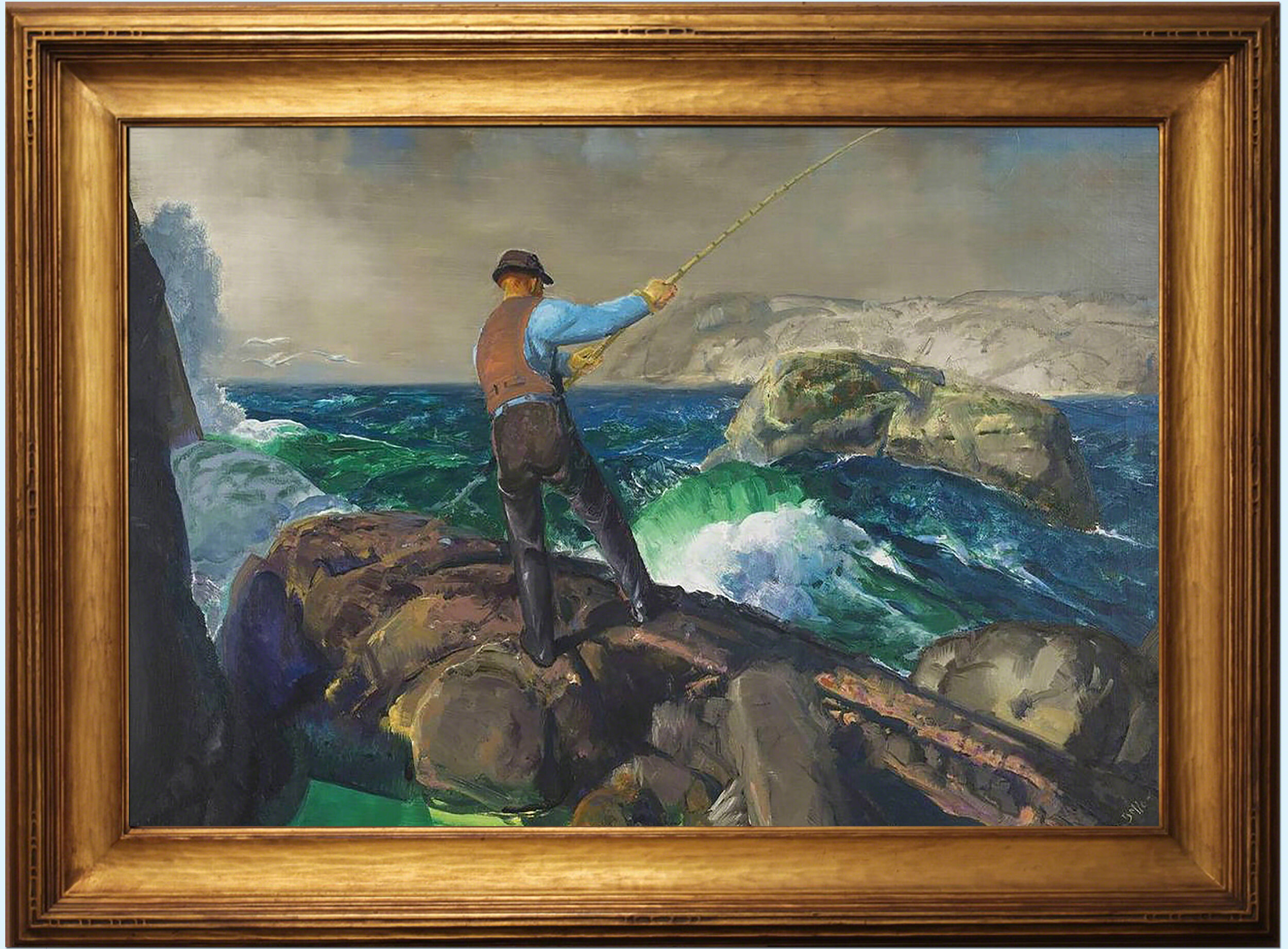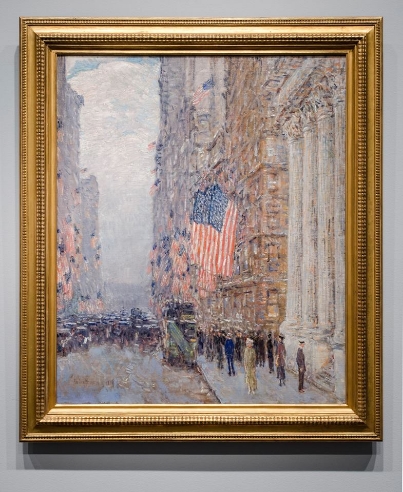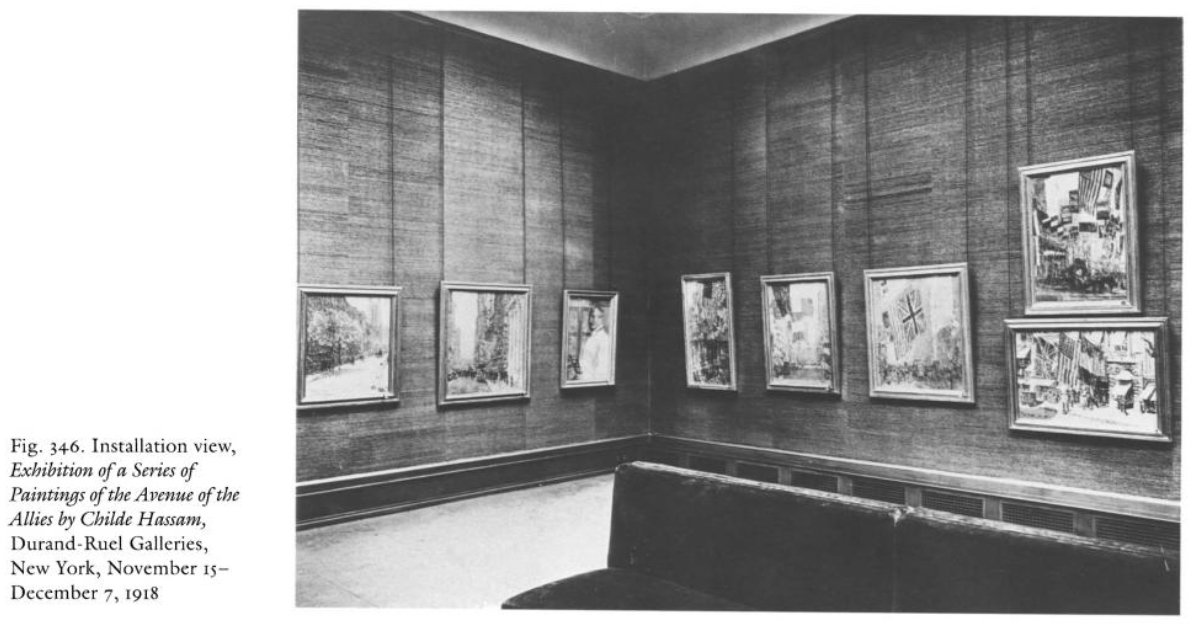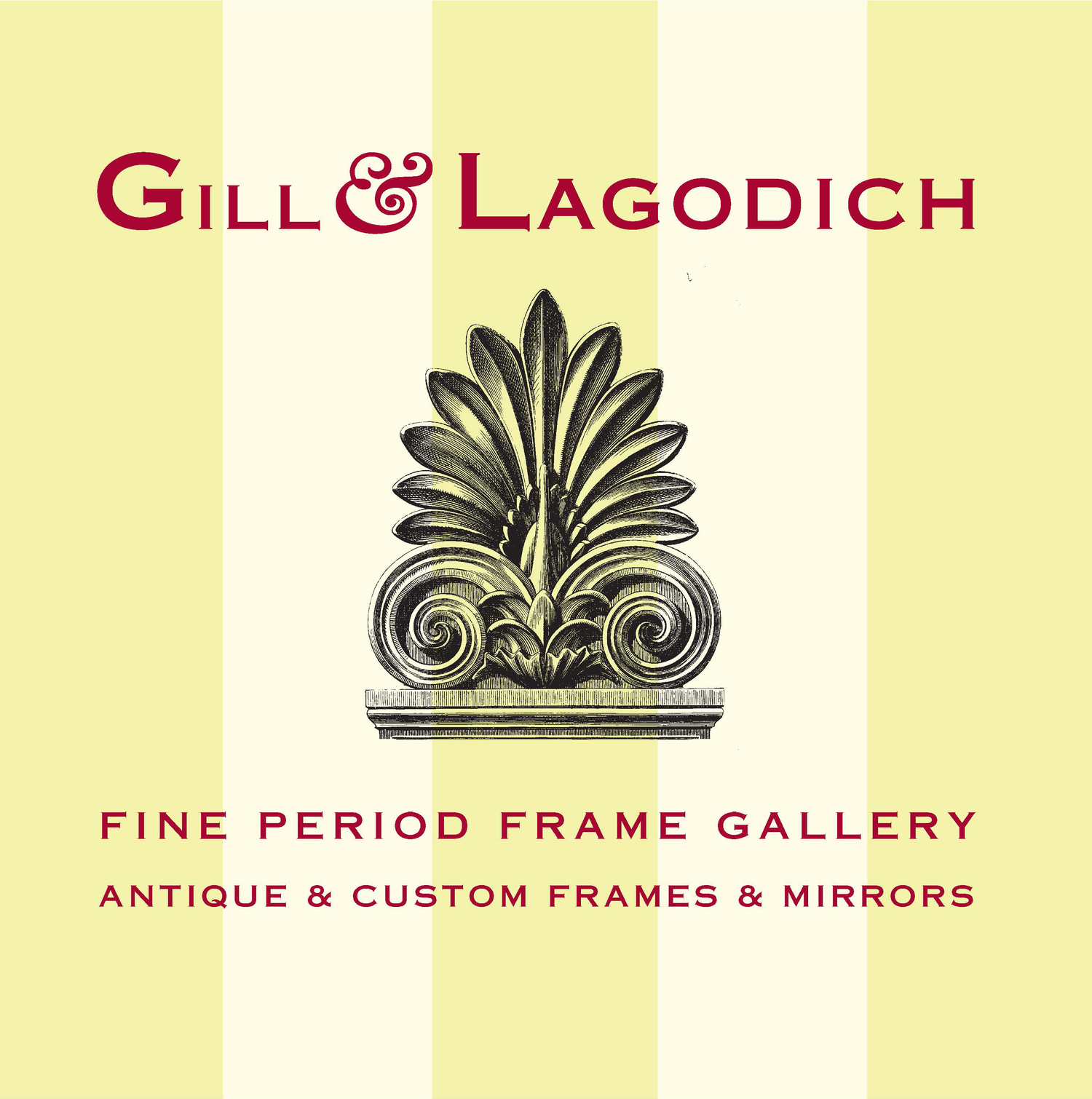AMON CARTER MUSEUM OF AMERICAN ART, FORT WORTH, TEXAS

GEORGE BELLOWS (1882–1925)
The Fisherman, 1917, oil on canvas, 30-1/8” x 44”. Period Frame, c. 1910-20 American Arts and Crafts painting frame, metal-gilded hand-carved wood, molding width 5-1/4” “As one of the artist’s last masterworks of the sea, this painting represents Bellows’ passion for fishing as a physical and spiritual sport. Created during a trip to Carmel, California, the artist suggests the timeless struggle between man and nature through the lone fisherman casting his line into the powerful surf at Point Lobos. The artist’s exuberant brushstrokes and brilliant palette amplify the contrasting motions of the ocean and angler. Bellows probably modeled the fisherman after himself. As a solitary figure trying to maneuver his fishing pole against the crashing waves, he is a metaphor for the artist, who considered the sea one of the most challenging themes to capture on canvas.” —Amon Carter Museum, permanent collection label.

F. CHILDE HASSAM (1859–1935)
Flags on the Waldorf, 1916, oil on canvas, 36-1/4” x 31-1/4”. Early 20th-century American Hassam flag painting exhibition frame; gilded applied composition ornament on wood; reverse profile; original gilding. "Hassam recorded the changing patriotic display along Fifth Avenue during World War I, when New York City regularly flew the flags of the allied nations, the armed services, and the American Red Cross." — Amon Carter Museum, permanent collection label. Note: Hassam’s frame preferences are well-documented. This frame is the type specified by Hassam for exhibition of his flag paintings. “Hassam’s concern with the aesthetic impact of frames is evident in his treatment of his Flag paintings. An installation photograph [below] of the first exhibition of the series, at New York’s Durand-Ruel Galleries in November 1918, shows the canvases uniformly framed (fig. 346). That strategy encouraged gallery visitors to view the works as an ensemble, promoting Hassam’s ultimately unfulfilled dream that the entire group would be acquited by New York City or an American museum. The style of the handsome frame is deceptively simple, with many light-catching surfaces that enhance the paintings’ lively colors and broken brushwork.” — Susan G. Larkin, ‘How Hassam Framed Hassams’, in Childe Hassam, American Impressionist, H. Barbara Weinberg, New York (The Metropolitan Museum of Art) 2004, pp. 325–342.

